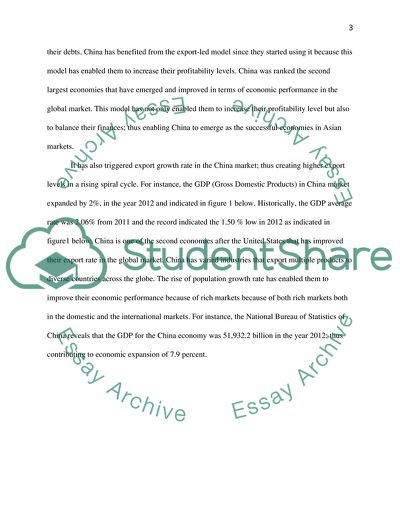Cite this document
(How successful is the export-led growth model Discuss with reference Essay - 1, n.d.)
How successful is the export-led growth model Discuss with reference Essay - 1. https://studentshare.org/macro-microeconomics/1796595-how-successful-is-the-export-led-growth-model-discuss-with-reference-to-any-relevant-economy
How successful is the export-led growth model Discuss with reference Essay - 1. https://studentshare.org/macro-microeconomics/1796595-how-successful-is-the-export-led-growth-model-discuss-with-reference-to-any-relevant-economy
(How Successful Is the Export-Led Growth Model Discuss With Reference Essay - 1)
How Successful Is the Export-Led Growth Model Discuss With Reference Essay - 1. https://studentshare.org/macro-microeconomics/1796595-how-successful-is-the-export-led-growth-model-discuss-with-reference-to-any-relevant-economy.
How Successful Is the Export-Led Growth Model Discuss With Reference Essay - 1. https://studentshare.org/macro-microeconomics/1796595-how-successful-is-the-export-led-growth-model-discuss-with-reference-to-any-relevant-economy.
“How Successful Is the Export-Led Growth Model Discuss With Reference Essay - 1”. https://studentshare.org/macro-microeconomics/1796595-how-successful-is-the-export-led-growth-model-discuss-with-reference-to-any-relevant-economy.


